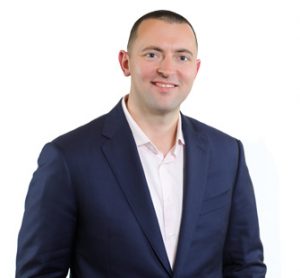On January 28th, the SBA released 8 pages of frequently asked questions (FAQs) relating to the Shuttered Venue Operator Grant (SVOG) Program.
The FAQs leave many questions unanswered and create some additional ones, but we wanted to share some helpful insights gleaned from them:
- Do not even apply for a PPP loan if you intend to apply for an SVOG – receiving a PPP loan prior to December 27, 2020 does not impact your ability to receive a SVOG; however many people questioned whether they could apply for both or apply for a PPP loan while they wait for the SVOG program, and the FAQs make it clear that you must choose and only apply for one (small exception for applicants who applied for a PPP loan and were denied by the bank).
- Confirms the need for a DUNS and SAMS number in order to apply for an SVOG – many companies already have a DUNS number assigned to them. You can call 1-866-705-5711 to determine whether your company has a DUNS number or needs to request one. After obtaining your DUNS number, you can go to sam.gov for the SAMS number.
- Does not indicate when the application portal will be opened, but says to frequently visit sba.gov/coronavirusrelief for updates.
- Opens up eligibility to entities that were not in business in 2019, but were fully operational on February 29, 2020, but has not provided details on how such a grant would be calculated, as the bill provides that the calculation is 45% of 2019 gross revenue.
- Companies should calculate their employee count, which will be needed at the time of application. “For employee count, the SBA is drawing on the Economic Aid Act’s specific provisions re: the calculation of employees and decades of agency experience in counting employees under the SBA size regulations (13 C.F.R. § 121.106). Employees that work at least 30 hours per week are considered full-time. Employees that work between 10-29 hours per week are considered one-half of a full-time employee. Employees that work less than 10 hours per week are not considered an employee. Once the qualifying employees are determined, an entity must then calculate the average number of employees it had over the prior year by adding up the number of qualifying employees in each individual pay period and dividing that amount by the number of pay periods in that year.”
- Discussion of “earned revenue” – States “only monies organizations receive from the sale of goods or services are counted as earned revenue.” This would indicate that insurance proceeds, donations, investment returns, government support and sponsorships are not considered earned revenue. However, while the bill uses the term “earned revenue” to describe eligibility, it uses the term “revenue” alone to determine the priority periods for when an eligible entity is entitled to apply. Therefore, it is still unclear if other sources of revenue outside of “earned revenue” will be considered when determining the 90% and 70% reductions for the application priority periods.
It is important to note this is just the first set of frequently asked questions on the program. We expect further guidance, including regulations to be issued prior to the acceptance of applications. Withum continuously monitors the SVOG program and will provide updates accordingly.
reach out to any of our team members with any questions.
Stimulus Package Headquarters




